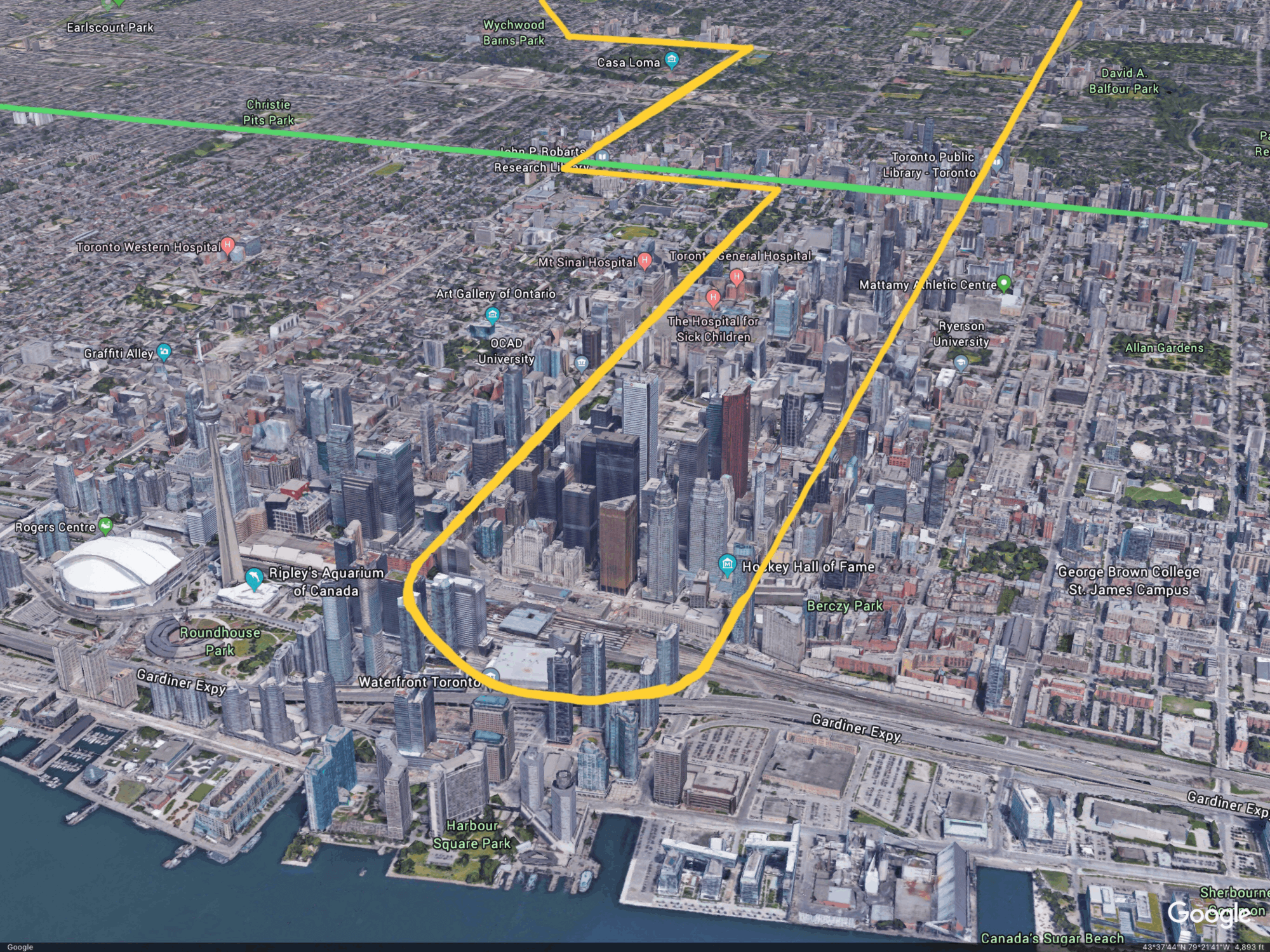Lesson 6 | Expansion and contraction: the art of summarizing
Why summarize?
In the previous two lessons, you learned to identify the links that connect ideas and from those links (and other clues), to discern the main and supporting points of a passage. In this lesson we will now focus on the main point and the art of summarizing. Let me illustrate the value of summarizing with the following experience.

A few years ago, my family and I had a wonderful opportunity to live in Toronto, Canada, for three months. We stayed in an apartment just a few blocks from the heart of downtown. For a guy who has always lived in rural communities, landing in the center of a city of 2.8 million people and a metropolitan region of nearly 6 million was more than a little daunting. The biggest surprise to me was the wonderful simplicity of our lifestyle there. One mark of this simplicity was in our transportation. For the most part, we left the car parked in the ramp below the apartment and either walked or used public transportation.
Toronto has a great system of subways, buses, and streetcars. Yet for us, in the first few days, it all seemed overwhelming. The King Street subway station was an easy walk from our apartment. The first time I went into the station, I’m sure I had that dazed and confused ‘newbie’ look on my face. That persisted until I sat down with a map and a smartphone app and began to understand the when and where details of the system.

What helped most was to get a simplified big picture view of the two main train lines: Line 1, running north-south on either side of the downtown core and Line 2, running east-west at the north end of town. Identifying the key stations on each line was important too—such as the stations where the two lines linked together.

This big picture summary not only clarified matters for me, but I was also able to use it to help my family understand. As the days went on, we all got very comfortable making our way through the subway.
The next step was to do the same with the streetcar system… and the buses. Now I was able to connect the big picture of each piece to get a view of the whole.

In a similar fashion, a summary concisely captures the main point of a text, leaving out most of the supporting details and explanations. Summarizing, like paraphrasing, can be hard mental work, but it is worth the effort. I offer three reasons why you should summarize.
- As with paraphrasing, your ability to accurately summarize is a good test for determining whether or not you fully grasp the meaning of a passage.
- Summarizing is also a great tool in preparation for communicating the meaning to others. If you are able to clearly state the main point of a passage, your listeners will have a much greater chance of understanding as well.
- Summarizing paragraph or chapter-sized divisions will significantly help in tracing the author’s argument through a whole text. A summary brings the main point to the surface, clear of the details, so that you can keep your focus on the main point of each section and work to discern the links that bring them together.